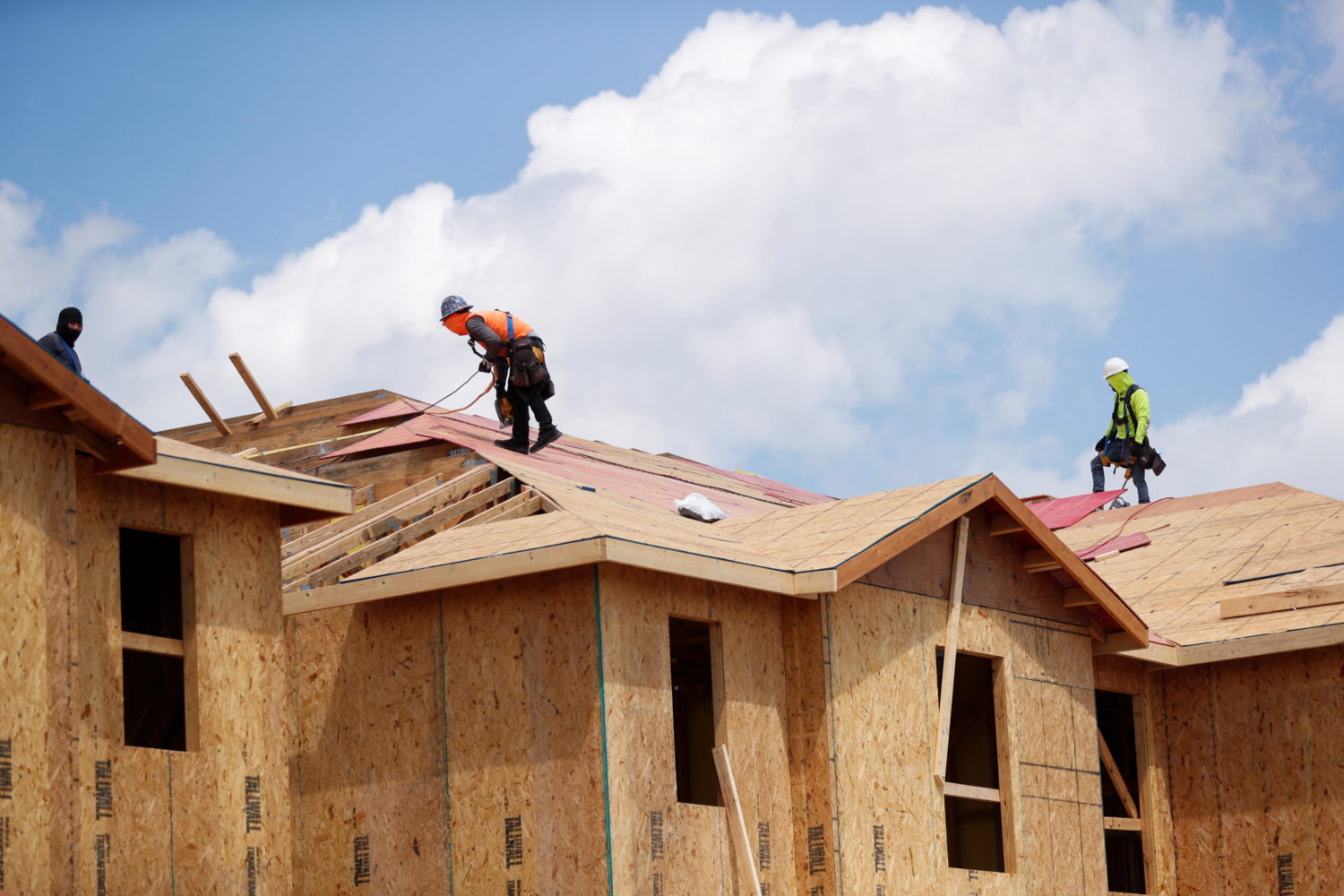
By Ernest Scheyder
(Reuters) – The United States has enough reserves of lithium, copper and other metals to build millions of its own electric vehicles (EVs), but rising opposition to new mines may force the country to rely on imports and delay efforts to electrify the nation’s automobiles.
The tension underscores the dilemma facing the United States going into 2022, a year in which U.S. policymakers hope to see groundbreakings on a raft of EV manufacturing facilities from Ford Motor Co, General Motors Co and others.
President Joe Biden signaled earlier this year he prefers to rely on allies for EV metals, part of a strategy designed to placate environmentalists. That means U.S. automakers will find themselves competing with international rivals for supply amid the global rush to electrification.
U.S. metals imports, though, could boost greenhouse gas emissions by increasing shipping from overseas mines to processing facilities, most of which are in Asia, thus abrogating part of the rationale behind building more EVs.
A Reuters analysis found that proposed U.S. mining projects could produce enough copper to build more than 6 million EVs, enough lithium to build more than 2 million EVs and enough nickel to build more than 60,000 EVs.
The estimates are based on the volume of minerals used to make a Tesla Inc Model 3, the world’s most popular EV, according to a study by Benchmark Mineral Intelligence. Other types of EV use different amounts, depending on design.
“If we don’t start getting some mining projects under construction this coming year, then we will not have the raw materials domestically to support EV manufacturing,” said James Calaway, executive chairman of ioneer Ltd.
Biden in August issued an executive order aimed at making half of all new vehicles sold in 2030 electric.
Washington so far has offered confusing guidance to its mining industry. For example, the U.S. Fish and Wildlife Service is poised to label a rare flower found on a handful of acres at ioneer’s Nevada lithium mine site as endangered, a step that could impede permitting. At the same time, the U.S. Department of Energy is deciding whether to lend the company more than $300 million to build the mine.
OPPOSITION
Other proposed mines face opposition from indigenous groups, ranchers or environmentalists, underscoring the broader tension in the United States as resistance to living near a mine clashes with the potential of EVs to mitigate climate change.
In early 2022, federal judges are set to rule in two separate cases as to whether mine approvals granted by former President Donald Trump to Lithium Americas Corp and Rio Tinto Plc should be reversed.
In Minnesota, state regulators are weighing whether permits issued to PolyMet Mining Corp, which is controlled by mining giant Glencore Plc, should be revoked or reissued. PolyMet’s mine would become a major nickel producer just as the only U.S. nickel mine is set to close by 2025.
In North Carolina, Piedmont Lithium Inc’s failure to keep local landowners abreast of its development plans may cost the company necessary local zoning approvals.
Biden himself took steps in October to block Antofagasta Plc’s Twin Metals copper and nickel mine project in Minnesota for 20 years. The proposed underground mine would have become a major U.S. supplier of copper for EVs, which use twice as much of the red metal as vehicles with internal combustion engines.
Despite that step, the White House has been working to highlight its support for certain EV mining projects, including Lithium Americas’ proposed lithium mine – despite Native American opposition – and a California geothermal lithium project funded in part by GM.
The administration also touted a Tesla lithium supply deal with Piedmont, even though that arrangement was put permanently on hold earlier this year.
Many of the mining projects have strong support from labor unions, a constituency that the president has worked to cultivate and one sometimes at odds with environmental groups hoping to block new mines.
Biden’s EV goal “means good-paying union jobs for working people in responsible mining operations that will both supply battery minerals and protect the environment,” said Tom Conway, head of the United Steelworkers, a union that represents some U.S. miners.
(Reporting by Ernest Scheyder in Houston; Editing by Matthew Lewis)




